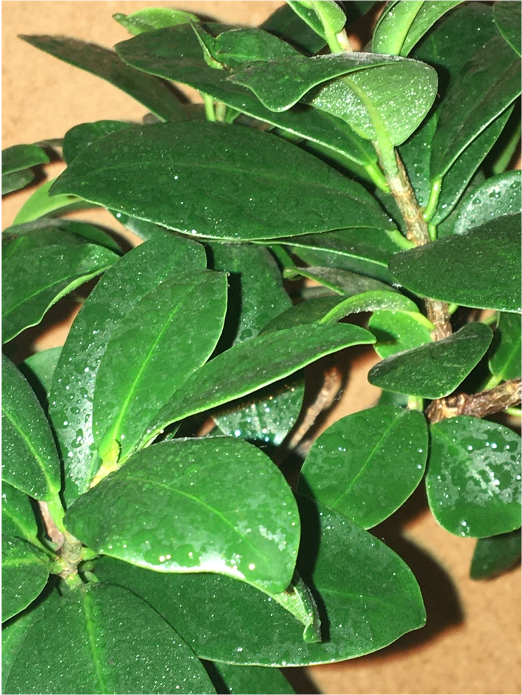Seminar Blogs
“Escaping human frames: can the plant speak?” – Danny Steur
In a way, it is a miracle that a horticultural business exists, because in a sense you never buy one single plant. Rather, you acquire an ever-expanding, living organism which can easily be multiplied by cutting off a small section and planting that elsewhere – from those small cuttings, an entirely new plant grows. In theory, then, only one person has to buy a plant and breeds many other specimens from that source. In the performance piece Estado Vegetal (‘Vegetative State’), Chilean playwright Manuela Infante tackles this and other qualities of plants, in an effort to bring plants’ mode of being into the theatre and have it inspire a plant-based dramaturgy – to make sense of how plants live, to make planthood somehow accessible, and to struggle with representing planthood (Infante, 2017).

Detractors might characterize this endeavor as some ivory tower philosophizing without much real-world bearing, but Infante’s theatre-based theorizing ought instead to be understood as a politically committed experiment. This is clear in the question of representing plants, which cannot represent themselves. With an attempt to speak for something oftentimes comes a concomitant movement of appropriation, and exploitation. This movement may productively be understood using Gayatri Spivak’s famous “Can the Subaltern Speak?”. She argues that dominant theoretical models are so incommensurate with the subaltern subject-position that they cannot represent subaltern consciousness on its own terms – by employing dominant models to visualize the subaltern, she is effectively disappeared and silenced again (Spivak 1993, 82, 104; McLeod 2010, 219-220). This inability to speak may be extended to plants, which cannot speak in any human sense, leaving us to understand them through our inevitably inefficacious human means. We cannot escape our humanity, or as Estado Vegetal’s central performer exclaims: “it is not possible to escape planthood by means of plants, nor to escape humanity by human means.” The issue of representing planthood concerns fundamentally real-world politics, especially when we take plants as a synecdoche to speak about the realm of nature. We are well-aware of the catastrophic, climate-changing effects an exploitative relation with nature has – the sort of relation that follows from the attempt to speak for nature.
This leaves us with the question, then, if we ought to engage with plants at all? This prickly consequence of Spivak’s essay has been discussed at length by a multitude of scholars, and though there is no easy answer, it appears that our closest respectful approximation may precisely be undertaken through performance. Karen Barad’s vitalist philosophy helps illustrate this point: detailing a posthumanist understanding of performativity, she conceives of agency as not a singularly human attribute, but rather as a processual doing (Barad 2003, 827). Such agential doing is not necessarily a human activity: it may even be matter that does something – or in this case, plants. Trying to understand and represent plants is then perhaps best attempted through performance; learning through a plant-based doing, embodying some of their key features in a theatrical setting and making planthood felt, experienced.
References
- Barad, Karen. 2003. “Posthumanist Performativity: Toward an Understanding of How Matter Comes to Matter.” Signs: Journal of Women in Culture and Society 28 (3): 801–31.
- Infante, Manuela. 2017. Estado Vegetal. Recording of theater performance, 1:21:39. https://vimeo.com/252358003.
- McLeod, John. 2010. Beginning Postcolonialism, 2nd edition. Manchester: Manchester University Press.
- Spivak, Gayatri Chakravorty. [1983] 1993. “Can the Subaltern Speak?” In Colonial Discourse and Post-Colonial Theory: A Reader, edited by Patrick Williams and Laura Chrisman, 66-111. New York: Columbia University Press.

